This past Tuesday, (4.12.16), my dear friend Shawn (a former Mainer living for many years now in NYC) and I had the amazing opportunity to see Duran Duran perform at the Barclays Center in Brooklyn, with Chic featuring Nile Rodgers opening!
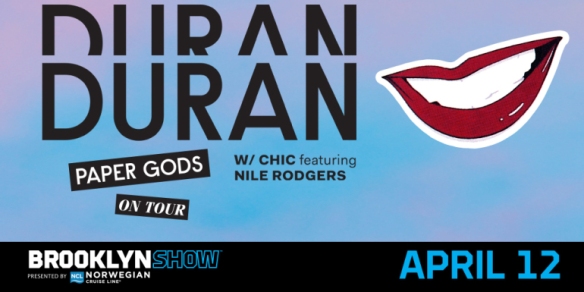
I have long known that Nile Rodgers has worked with Duran Duran regularly since turning the 1983 album version of “The Reflex” into a remix that hit No. 1 worldwide in the Spring and Summer of 1984, so when I saw the pairing of Chic and Duran Duran, I knew I wanted to be there.

Duran Duran in 2015.
The show was more phenomenal than I ever expected, one of the best I’ve ever seen, and in the largest venue I’ve ever attended for a concert. Duran Duran was promoting their great 2015 album, PAPER GODS, an album that brought them back to the Top 10 of the BILLBOARD Album chart for the first time since their second self-titled effort reached the upper echelon in 1993 (oft-referred to as THE WEDDING ALBUM).
During the show, Duran Duran scattered songs from PAPER GODS, inbetween a barrage of hits spanning decades, and a couple of surprises, including their excellent 1995 cover of “White Lines” (originally a 1984 hit by Grandmaster Melle Mel), and a bit of “Space Oddity,” their tribute to David Bowie, mixed in as a medley with “Planet Earth.” Duran Duran and David Bowie toured together in the U.S. in 1987, and they were all friends.

Duran Duran paying tribute to their mentor, hero and friend, David Bowie.
According to Duran Duran’s website, David Bowie was a mentor and hero to the band. Weeks after David Bowie’s passing, Duran keyboardist extraordinaire Nick Rhodes told BILLBOARD magazine, “There was no question that as a musician, David Bowie was the singular person who inspired me more than anyone else to become a musician.”
With the concert still very fresh in my mind, I couldn’t think of a better album to feature as my “album of the week” than their brilliant 1982 album (and one of my all-time favorite albums of any decade), RIO.
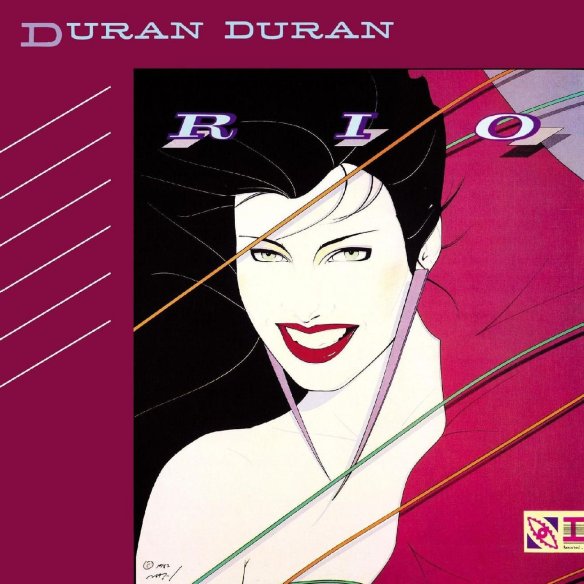
RIO was released in May 1982, and was the second album for the Birmingham, England quintet. Compared to their 1981 self-titled debut album, RIO sounded more like New Romantics than New Wave. The New Romantics genre was a pop culture offshoot of New Wave and Synthpop, incorporating visual and fashion styles along with the music. Bands like Visage, Ultravox and Spandau Ballet would also fit this New Romantics category of music. New Romanticism was once referred to as a reaction to Punk, influenced by the likes of David Bowie and Roxy Music. And with MTV not even a year old in May 1982, Duran Duran took advantage of the short-form video format and then some, practically single-handedly put themselves (and MTV) on the map. Their popular videos were filmed in places like Sri Lanka even scored them their only two Grammy Awards to date, in 1984 (for Short-Form and Long-Form video).
Back in 1982 and 1983, I was in high school, and didn’t have a lot of money, so you could say I was a “card-carrying” member of the Columbia House Record and Tape Club. One of the first albums I ever picked up through Columbia House was RIO. When RIO was first released, it didn’t do well here in the U.S., so the band recruited producer David Kershenbaum (later one-half of David + David), and he remixed some songs for the band. There were two versions of RIO released here in the U.S., containing mixes from Duran Duran’s CARNIVAL and NIGHT VERSIONS EPs. The only difference between the first and second U.S. versions is that, on the second version, “Hungry Like The Wolf” was switched from the U.S. album remix to the Night Version, and that’s the version Columbia House sent me, so it will be the version of RIO that I talk about here.
RIO starts off with the sensational title track, which was released as the fourth and final single from the album in the U.K., and the second single here in America. It was a big hit worldwide, reaching the Top 10 in the U.K., Canada and Ireland, and debuted on the BILLBOARD Hot 100 in early April 1983, as “Hungry Like The Wolf” was steady in the Top 3.
https://www.youtube.com/watch?v=e3W6yf6c-FA
The single “Rio” made a fast climb up the Hot 100, vaulting from No. 31 to No. 17 by the end of April 1983. But, it lost steam and stalled at No. 14 for 2 weeks in May 1983. Still, “Rio” remains as one of the band’s most-beloved songs, and was the last song Duran Duran played at the Barclays show, to much applause.
The second song on RIO is the Carnival Remix of “My Own Way,” which was actually released in the U.K. in November 1981, between “Girls On Film” and “Hungry Like The Wolf,” and issued months before RIO was actually released. Releasing the single between albums worked, and “My Own Way” reached No. 14 in the U.K., No. 10 in Australia, the Top 20 in Finland, Ireland and New Zealand, and reached No. 1 in Portugal.
RIO’s third song is the David Kershenbaum U.S. Remix of “Lonely In Your Nightmare.” The song was one of 6 songs from RIO with accompanying videos, and most directed by Melbourne, Australia’s Russell Mulcahy, who would work with the band on several videos overall, and who also directed many videos for Elton John, along with classic 80s videos for songs like Spandau Ballet’s “True,” Bonnie Tyler’s “Total Eclipse Of The Heart,” “The War Song” by Culture Club, “Sex” by Berlin, “Gypsy” by Fleetwood Mac, “Turning Japanese” by The Vapors, and the second-biggest song of the 1980s, “Bette Davis Eyes” by Kim Carnes.
https://www.youtube.com/watch?v=rGdLNbIc2ZA
 The Night Version of “Hungry Like The Wolf” was RIO’s fourth song, and the album’s second single. It would be the band’s most-recognized hit and biggest worldwide single, reaching No. 1 in Canada and BILLBOARD’s Rock chart, the Top 10 in the U.K., Australia, Finland, Ireland, South Africa, New Zealand, and the U.S., where it spent 3 weeks at No. 3 on the BILLBOARD Hot 100 in March / April 1983, and ranked No. 17 for all of 1983.
The Night Version of “Hungry Like The Wolf” was RIO’s fourth song, and the album’s second single. It would be the band’s most-recognized hit and biggest worldwide single, reaching No. 1 in Canada and BILLBOARD’s Rock chart, the Top 10 in the U.K., Australia, Finland, Ireland, South Africa, New Zealand, and the U.S., where it spent 3 weeks at No. 3 on the BILLBOARD Hot 100 in March / April 1983, and ranked No. 17 for all of 1983.
“Hungry Like The Wolf” has been featured in many TV shows and films since its release, and has been covered from the likes of Courtney Love’s band, Hole, the GLEE cast, and an excellent 1997 Ska cover by California’s Reel Big Fish on THE DURAN DURAN TRIBUTE ALBUM.
https://www.youtube.com/watch?v=oOg5VxrRTi0
Side One of my version of RIO closes with the U.S. Album Remix of “Hold Back The Rain,” six-and-a-half minutes of Dance / Synthpop creaminess. The original version of this song is four minutes long, and while that version is okay, I never listen to it. It’s too short and this version is the version I have loved and danced to for 34 years.
The second side of RIO begins with “New Religion,” and the entire second side remains untouched from the original May 1982 version of the album. The song is described in the RIO liner notes as “a dialogue between the ego and the alter-ego.” If you listen closely to the song, you’ll hear dueling Simon Le Bon vocals.
On the album’s seventh track, “Last Chance On The Stairway,” you will hear Nick Rhodes rotate from playing the keyboards and synthesizers to singing backing vocals and playing the marimba (which prolly doesn’t happen often).

The U.K. version of “Save A Prayer.”
The eighth song on RIO is “Save A Prayer,” the band’s third single from the album, in both the U.K. and the U.S., though the chart history is quite different. The song’s popular video was mostly filmed in Sri Lanka, and was a big hit in the U.K. and Ireland, reaching No. 2 in both countries.
https://www.youtube.com/watch?v=6Uxc9eFcZyM
For reasons still unbeknownst to me, “Save A Prayer” was not initially released as a single here in the U.S., though it was a hit on MTV. Following the release of the band’s 1984 live album, ARENA, the studio version (with the ARENA live version as the B-side) was finally released in America in early 1985, but I think it was a couple of years too late, as it spent a couple of quick weeks at its No. 16 peak in March 1985.

The U.S. version of “Save A Prayer.”
“Save A Prayer” was always a fan favorite (and certainly a favorite with me), and recently came into the international spotlight by way of the California Rock band, Eagles of Death Metal. On October 30, 2015, Duran Duran and Eagles of Death Metal performed the song on a new version of the long-running British entertainment TV show, TFI FRIDAY, and they did a version of “Save A Prayer” to close out the show (Eagles of Death Metal covered the song on their 2015 album, ZIPPER DOWN).
Just 2 weeks after the TFI FRIDAY show, Eagles of Death Metal were performing in Paris when the terror attacks occurred there. Since the attacks, Duran Duran stated that they would donate all of the royalties they get from the cover version to charity. At the Barclays show last week, “Save A Prayer” was the first song of the 2-song encore (“Rio” was the last song of the night), and Simon Le Bon mentioned Eagles of Death Metal and the Paris attacks, and stated that “Save A Prayer” should “stand as a beacon to show that music is a way of bringing people together, that people are good and that we will not live in fear.” It’s so true…

Hey, ocarina!
The ninth and final song on RIO is “The Chauffeur.” It remains as the band’s most known song that wasn’t released as a single (though it did reach No. 2 on France’s Airplay chart). It started off a a poem Simon Le Bon wrote two years before joining Duran Duran, and it grew from there. The flute-like instrument you hear at the end of the song is played by Simon Le Bon and is called an ocarina, an ancient wind instrument that dates back thousands of years.
https://www.youtube.com/watch?v=1B__8N5d_LA
The album cover art for RIO was painted by famed Dayton, Ohio artist, Patrick Nagel, who sadly passed away from a heart attack 2 years after RIO was released. His work on RIO was among his best known images.
One of the many things I love about RIO is that the band is given equal credit on all nine songs – Simon Le Bon, lead vocals; Nick Rhodes, keyboards, synthesizer, backing vocals; John Taylor, bass guitar, backing vocals; Roger Taylor, drums, percussion; and, Andy Taylor, guitar, backing vocals (all three Taylors are not related). The band’s “unofficial sixth member,” Andy Hamilton, contributed the saxophone, most notably on the song “Rio,” and has played with folks like David Bowie, Tina Turner, Pet Shop Boys, Radiohead, Elton John and Wham!
The band once known as “The Fab Five” got back together to record and tour for their eleventh studio album, 2004’s ASTRONAUT, and it was the band’s first time since 1985 that all five members of the band were together…and the last. Andy Taylor left the band (again) before their next album, 2007’s RED CARPET MASSACRE.
The remaining four members all looked terrific and energetic at the Barclays show, and looked like they were having a great time doing what they love to do, and they do that well. I will never forget that show in Brooklyn, NYC, nor the great time my friend Shawn and I had while there. It was well worth the 34-year wait; a wait that started upon my first listen of the brilliant album, RIO…
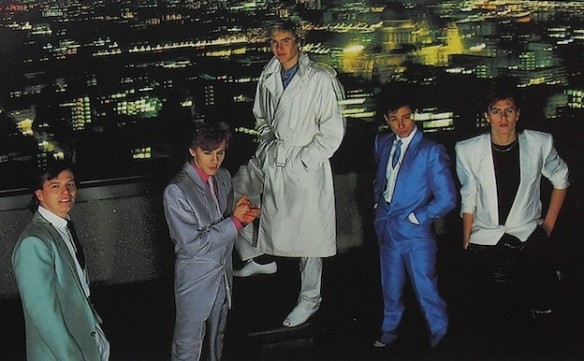
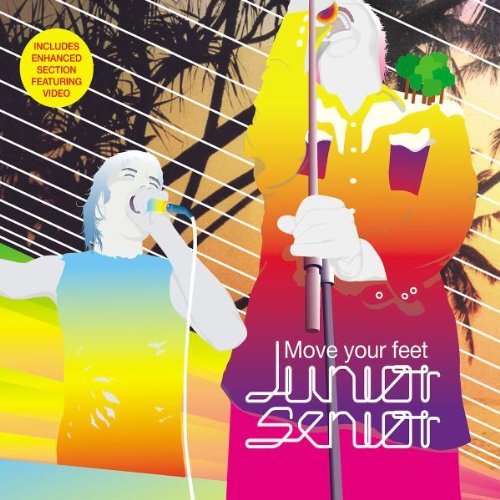
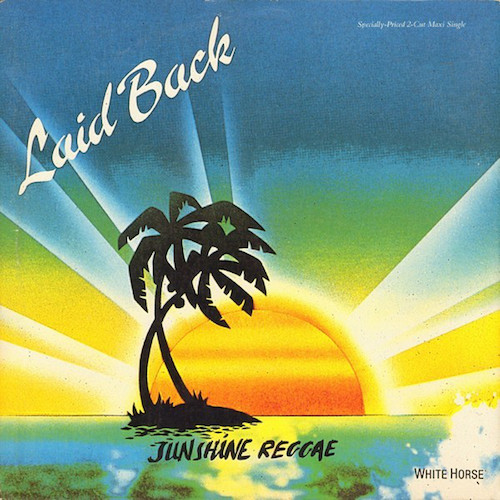
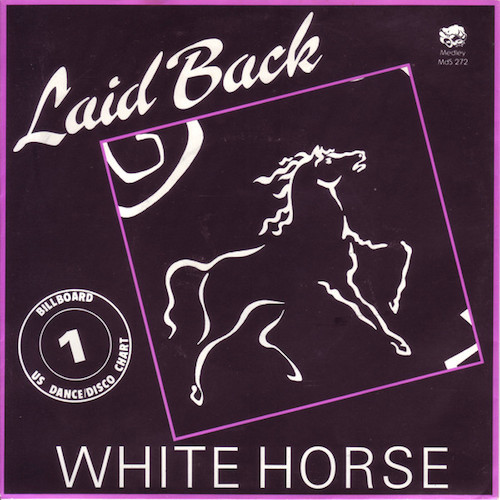

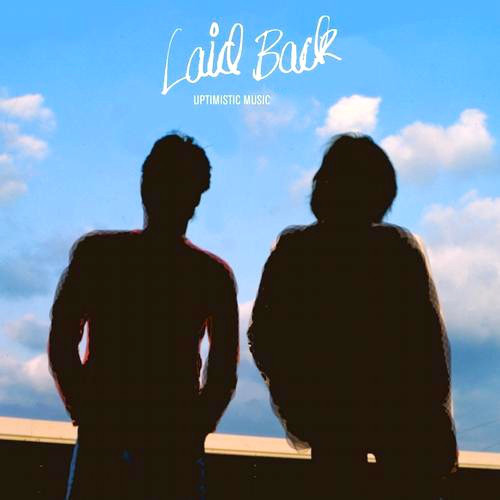


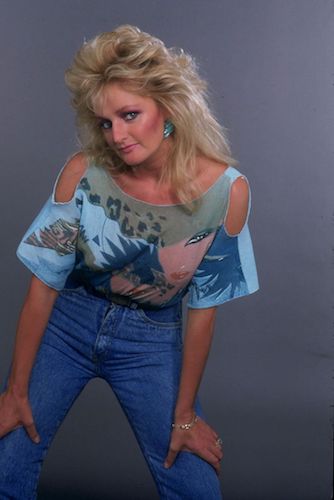

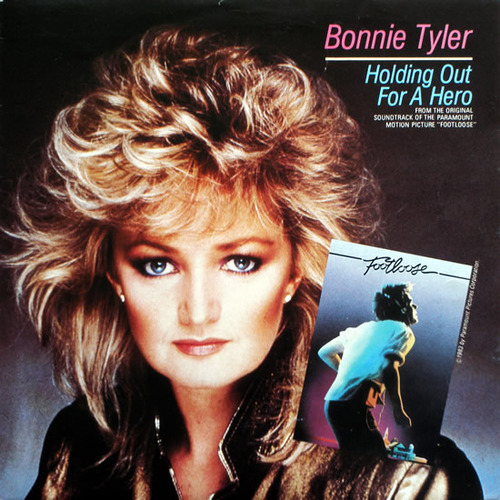




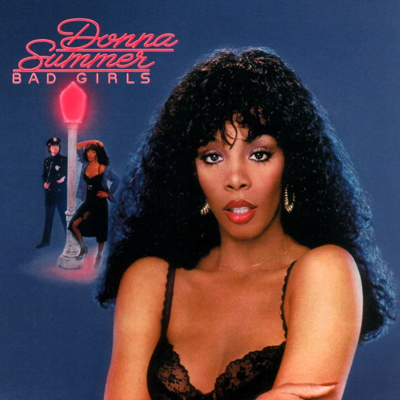



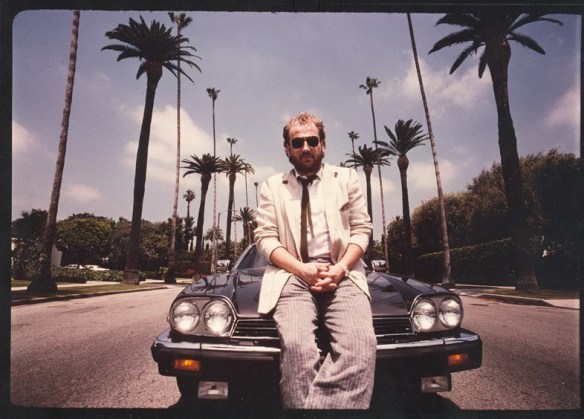




 The Night Version of “Hungry Like The Wolf” was RIO’s fourth song, and the album’s second single.
The Night Version of “Hungry Like The Wolf” was RIO’s fourth song, and the album’s second single.


